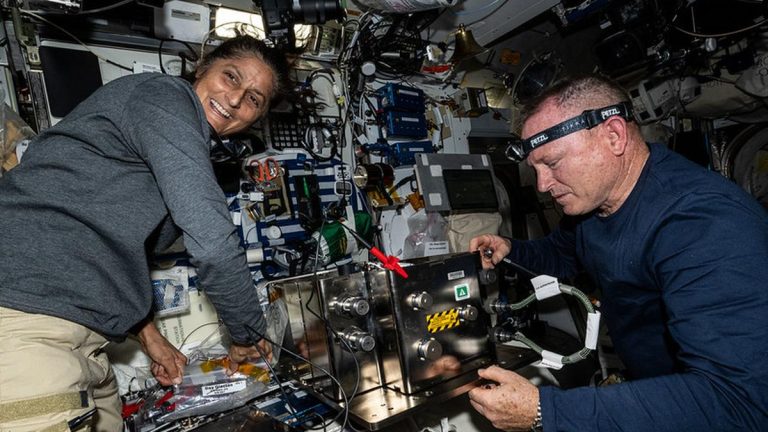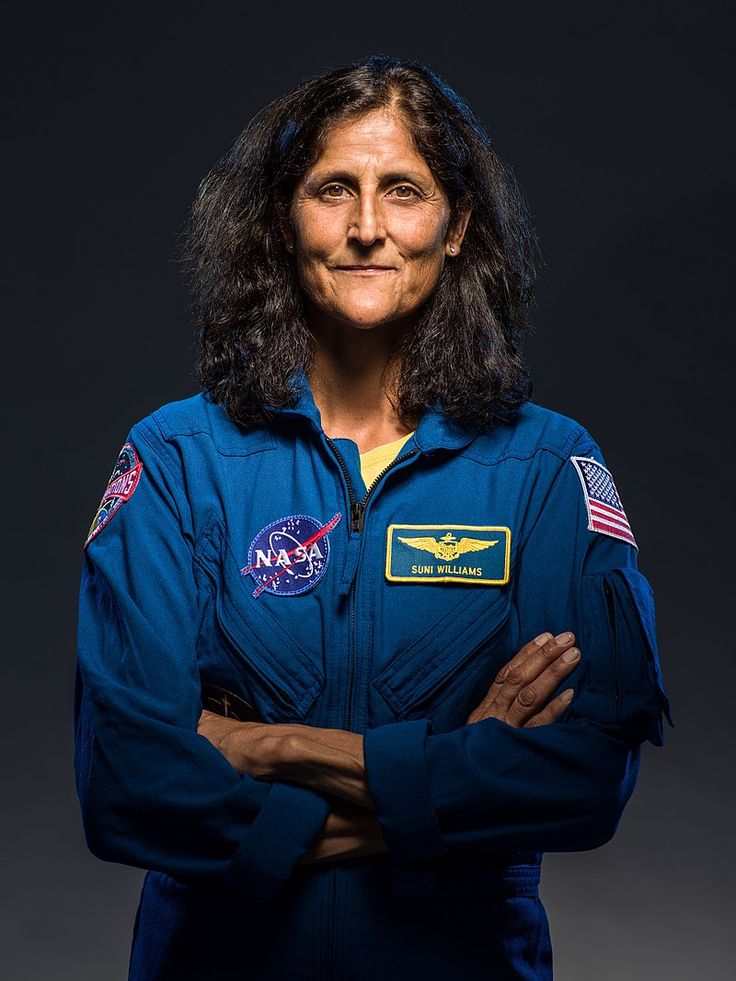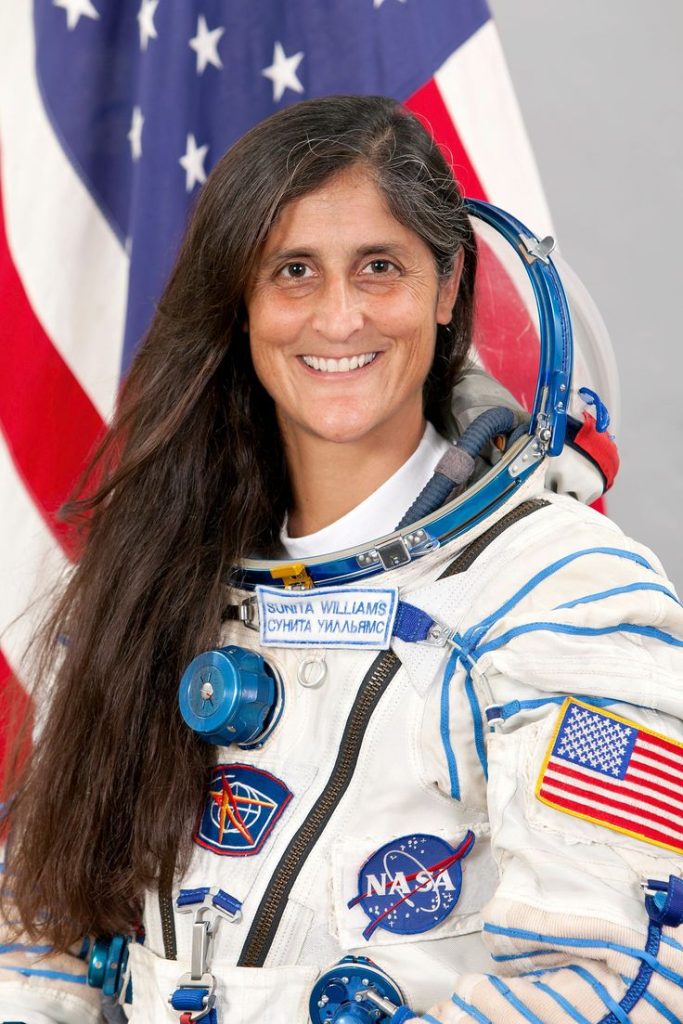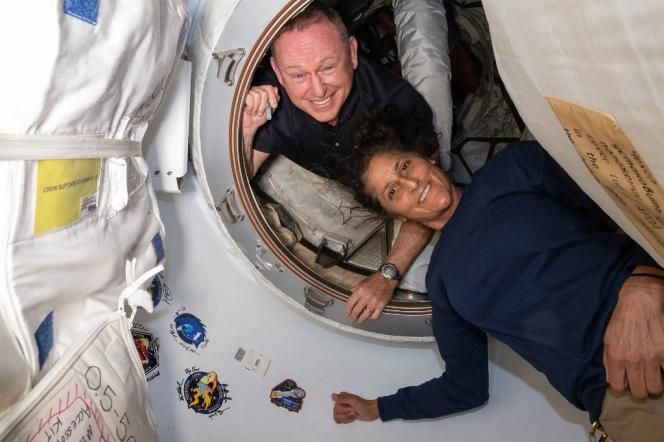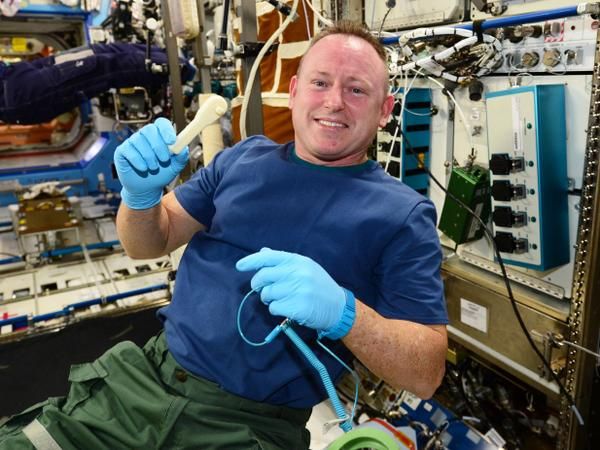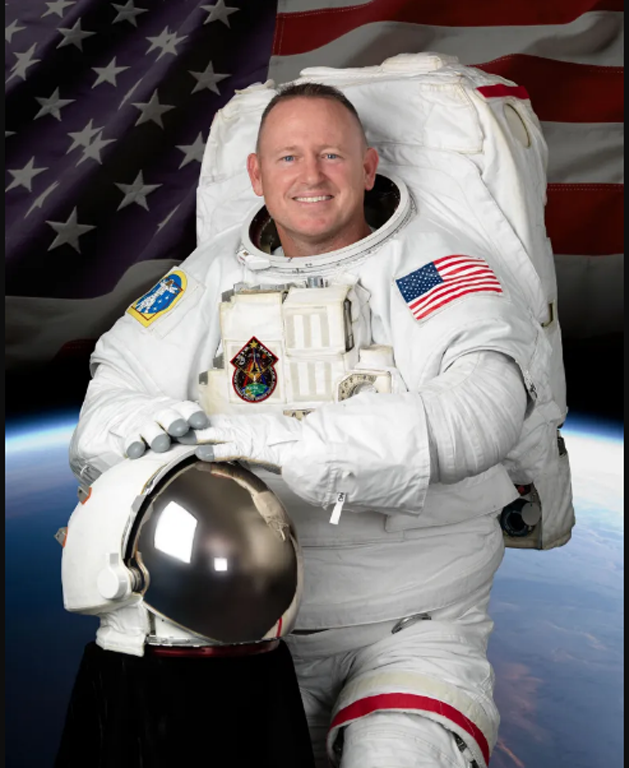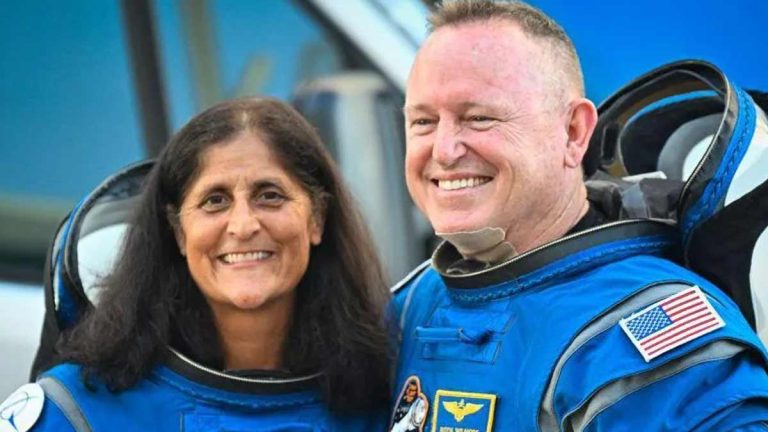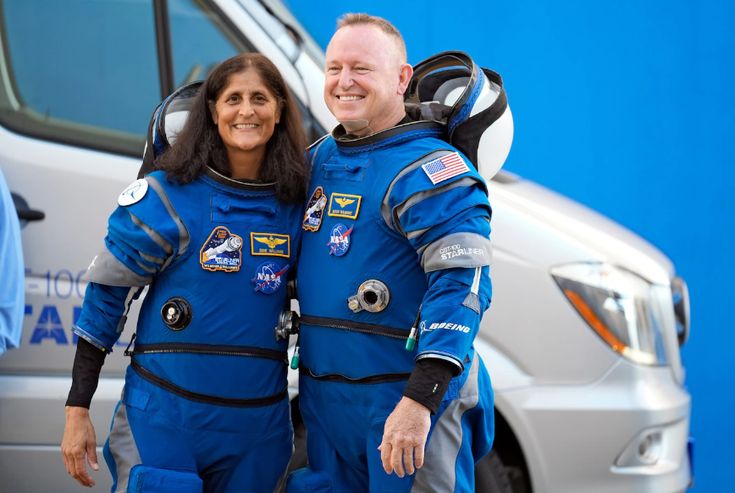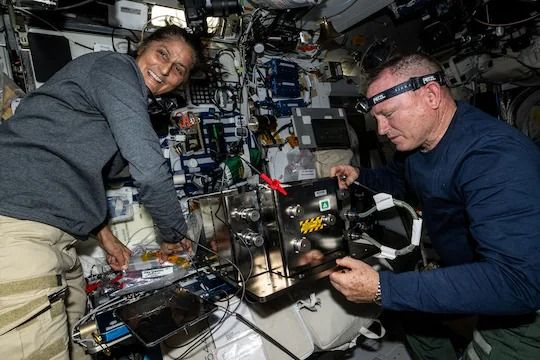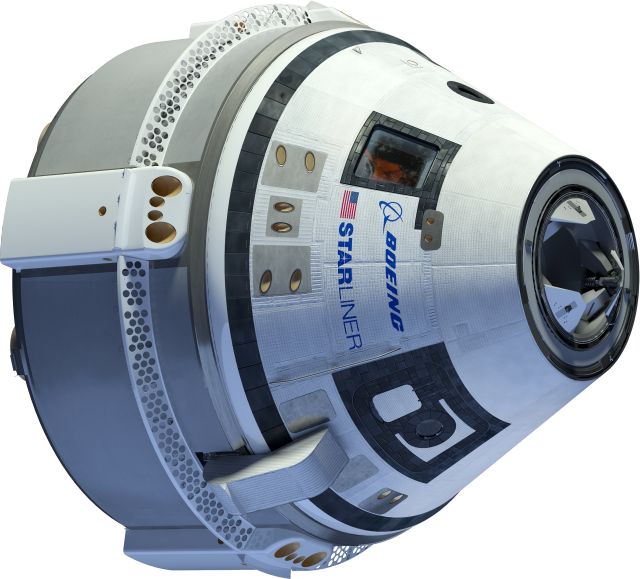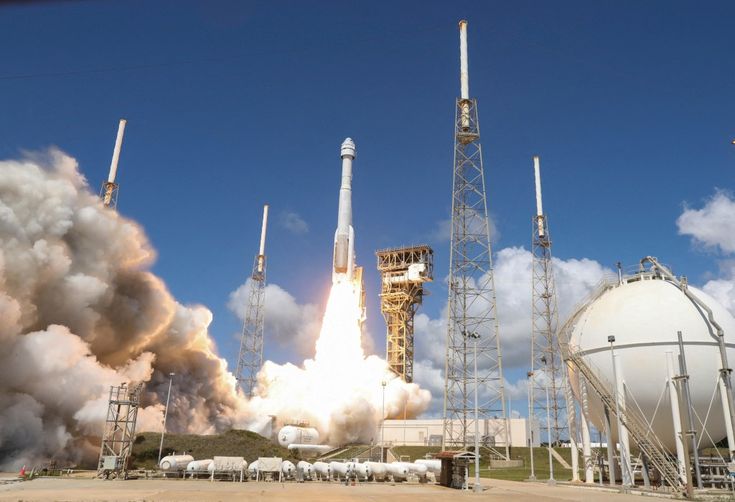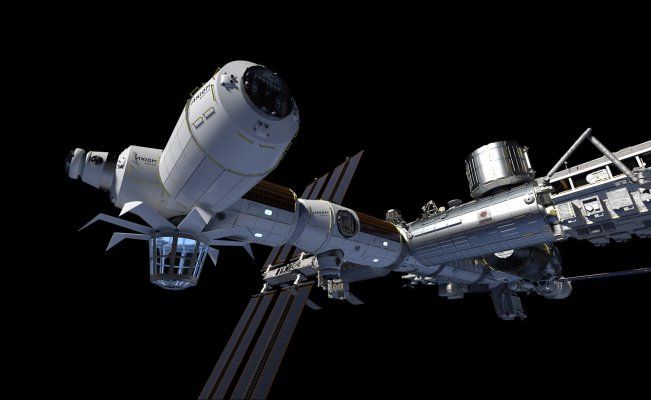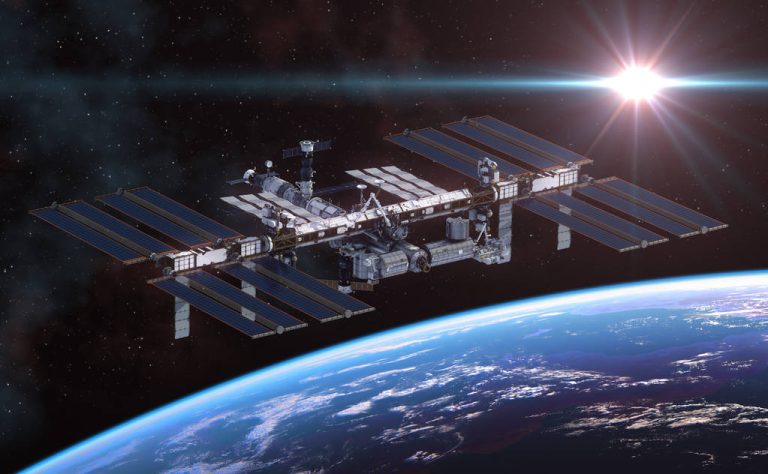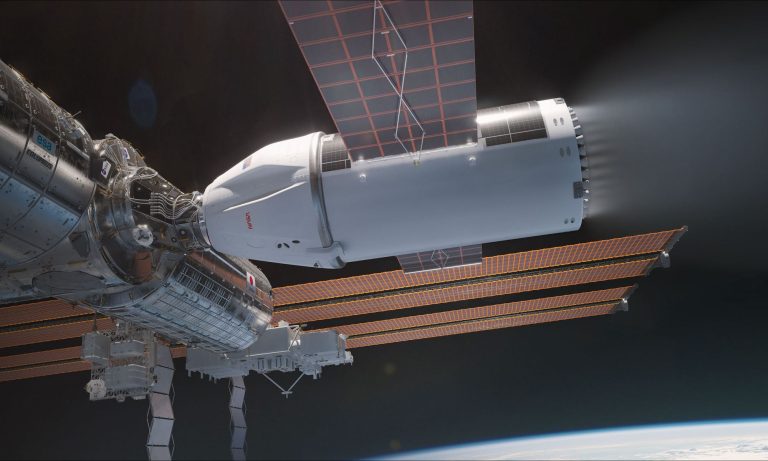Strange Noises Reported by NASA Astronauts Aboard Faulty Starliner
Key Takeaway
NASA astronauts in the Starliner capsule heard strange sounds. The noises were similar to sonar, which is a technology that uses sound waves to detect objects underwater. This has caused worries about the spacecraft’s safety. The Starliner had problems in the past. Now, NASA’s Mission Control is looking into these sounds. They want to make sure the astronauts are safe and that future missions go well.
Summary
- Strange Noises Detected: NASA astronauts Sunita Williams and Butch Wilmore reported hearing pulsing, sonar-like noises from the Starliner capsule as of August 1, 2024.
- Recording Shared: The sound was captured and shared by meteorologist Rob Dale, and later reported by Ars Technica.
- Mission Control Response: NASA’s Mission Control acknowledged the noise and assured an investigation into the issue.
- Previous Starliner Issues: The Starliner capsule has faced numerous technical problems, including helium leaks and thruster failures.
- Mission Extension: What was supposed to be a one-week mission has stretched into several months due to these complications.
- Astronauts Stranded: Williams and Wilmore, originally scheduled to return to Earth, will now wait until 2025 to come back on a SpaceX capsule.
- Unmanned Starliner Return: The Starliner is set to return to Earth unmanned in September 2024, landing in New Mexico.
- Boeing’s Struggles: The Starliner program has been plagued by technical failures, casting doubt on its future viability.
- NASA’s Decision: NASA decided it was too risky to bring the astronauts back on the Starliner, opting instead for a SpaceX return.
- Astronaut Communication: Wilmore communicated with Mission Control about the strange noise, expressing concern just days before the Starliner’s scheduled undocking.
- Starliner’s Future: The spacecraft’s future remains uncertain, with Boeing under pressure to resolve the ongoing technical issues.
- Impact on Boeing: The repeated failures have been a significant embarrassment for Boeing, with internal dissatisfaction and external criticism growing.
- NASA’s 2030 Deadline: The ISS is planned to be decommissioned by 2030, giving Boeing limited time to prove the Starliner’s reliability.
- Boeing’s Financial Commitment: Boeing has already invested $1.6 billion into the Starliner, with questions about whether it will continue to do so.
Introduction
On August 1, 2024, a routine space mission suddenly took a troubling turn. NASA astronauts Sunita Williams and Butch Wilmore heard strange, sonar-like sounds. These noises came from the Starliner capsule. This issue has added to growing concerns about Boeing’s spacecraft. The Starliner has faced many technical problems since it was first developed.
The report of the strange noises came from veteran NASA astronauts Sunita Williams and Butch Wilmore, both of whom have extensive experience in space missions. The astronauts, currently residing on the International Space Station (ISS), encountered what they described as a “pulsing noise, almost like a sonar ping,” coming from the Starliner capsule.
The recording of the noise, first shared by Michigan-based meteorologist Rob Dale, was later reported by Ars Technica. In the recording, Wilmore can be heard holding his phone up to the speakers so that NASA’s Mission Control could hear the sound. The pulsing noise was clear, coming out in regular beats, and was subsequently acknowledged by Mission Control.
“Butch, that one came through,” Mission Control responded. “It was kind of like a pulsating noise, almost like a sonar ping.”
Despite the clear recording, the source of the noise remains a mystery. Wilmore attempted to play the sound again to allow the team to identify what might be causing it. “I’ll do it one more time and let you all scratch your heads and see if you can figure out what’s going on,” Wilmore said.
NASA’s Mission Control has taken the report seriously, assuring the astronauts that the recording would be thoroughly investigated. “Good recording, thanks, Butch,” they replied. “We will pass it onto the team and let you know what we find.”
At the time of writing, there has been no official statement from NASA regarding the source of the noise. However, the incident has raised questions about the Starliner’s overall reliability, especially given the spacecraft’s troubled history.
The Boeing Starliner has been a point of contention since its development began. Originally conceived as part of NASA’s Commercial Crew Program, the Starliner was intended to provide a reliable and cost-effective means of transporting astronauts to and from the ISS. However, the project has been plagued by technical issues, delays, and budget overruns.
Table 1: Starliner Mission Timeline
| Date | Event |
|---|---|
| 2010 | Boeing awarded contract to develop the Starliner |
| 2019 | Uncrewed test flight ends in failure |
| 2021 | Starliner’s first crewed flight delayed due to technical issues |
| 2023 | Successful launch, but with helium leaks and thruster failures |
| June 2024 | Wilmore and Williams launch aboard Starliner |
| August 2024 | Astronauts report strange sonar-like noises |
| September 2024 | Unmanned Starliner return scheduled |
| February 2025 | Wilmore and Williams expected to return via SpaceX capsule |
One of the most significant challenges facing the Starliner has been its thruster system. During its first uncrewed test flight in 2019, the spacecraft encountered a software glitch that prevented it from reaching the ISS. Subsequent tests revealed issues with the thrusters, which were designed to help maneuver the spacecraft in space. In addition, the Starliner has suffered from helium leaks, further complicating its mission.
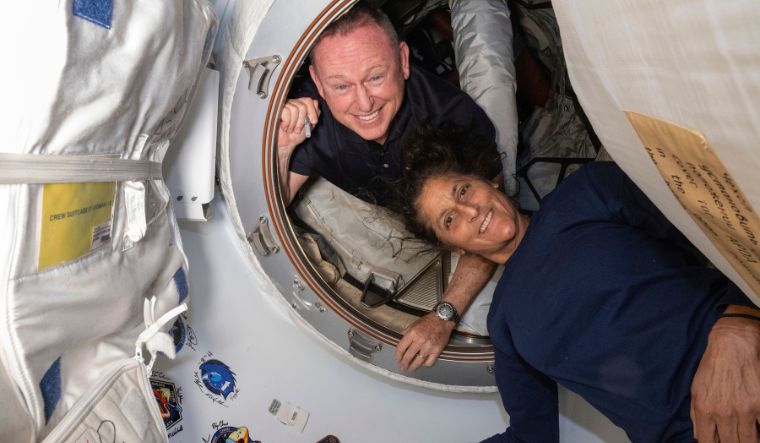
In June 2024, when Wilmore and Williams launched toward the ISS aboard the Starliner, the spacecraft was already under intense scrutiny. The mission, originally planned as a one-week stay, was extended due to ongoing technical problems. By the time the astronauts arrived at the ISS, the Starliner had experienced more helium leaks and five of its 28 thrusters had failed.
The technical issues plaguing the Starliner have had a direct impact on the mission of Wilmore and Williams. What was intended to be a brief stay on the ISS has now stretched into several months, with the astronauts unable to return to Earth aboard the Starliner. Instead, they will remain on the ISS until February 2025, when a SpaceX capsule is scheduled to bring them home.
The decision to extend the astronauts’ stay and opt for a SpaceX return was not made lightly. In a press conference on August 24, NASA officials announced that it would be too risky to bring the astronauts back on the faulty Starliner. This decision underscores the severity of the technical issues and the potential risks involved in attempting to return the astronauts to Earth aboard the Starliner.
The ongoing issues with the Starliner have been a significant embarrassment for Boeing, which has invested over $4 billion of taxpayer money into the project. The repeated failures have cast doubt on the viability of the Starliner program and have led to growing dissatisfaction within the company.
“We have had so many embarrassments lately, we’re under a microscope. This just made it, like, 100 times worse,” one Boeing employee anonymously told the New York Post. “We hate SpaceX,” he added. “We talk s*** about them all the time, and now they’re bailing us out.”
With the ISS set to be decommissioned by 2030, Boeing has a limited window of time to resolve the ongoing technical issues and prove the Starliner’s reliability. The spacecraft has already experienced significant delays, and the current situation only adds to the uncertainty surrounding its future.
Boeing has already sunk $1.6 billion into the Starliner’s development, and questions are being raised about whether the company will continue to invest in the project. The financial and reputational stakes are high, and the pressure is mounting on Boeing to deliver a reliable spacecraft.
Possible Explanations for the Strange Noises
While the source of the strange sonar-like noises remains unknown, there are several possible explanations that have been suggested by experts. One possibility is that the noise is related to the spacecraft’s thruster system, which has already been identified as a point of concern. Another possibility is that the noise is being caused by a malfunction in one of the spacecraft’s systems, such as its communication equipment or life support systems.
Some experts have also suggested that the noise could be related to the spacecraft’s interaction with the surrounding environment in space. The vacuum of space presents unique challenges for spacecraft, and it is possible that the noise is being generated by some kind of interaction between the Starliner and its environment.
The Role of SpaceX in NASA’s Future Plans
The decision to bring Wilmore and Williams back to Earth aboard a SpaceX capsule highlights the growing role that SpaceX is playing in NASA’s future plans. The company, founded by Elon Musk, has become a key partner for NASA, providing reliable transportation to and from the ISS.
SpaceX’s Crew Dragon spacecraft has already proven its reliability, with multiple successful missions under its belt. The company’s success stands in stark contrast to Boeing’s struggles, and it is clear that NASA is increasingly relying on SpaceX to fulfill its space exploration goals.
The next major milestone for the Starliner program will be the spacecraft’s return to Earth in September 2024. The capsule will return unmanned, landing in New Mexico. The return will be closely watched, as it will provide valuable data on the spacecraft’s performance and offer insights into the technical challenges that need to be addressed.
For Boeing, the return of the Starliner represents a critical opportunity to demonstrate the spacecraft’s capabilities and address the concerns that have been raised. The company will need to carefully analyze the data from the return and work to resolve the issues that have plagued the program.
Table 2: Comparison of Spacecraft Performance
| Feature | Boeing Starliner | SpaceX Crew Dragon |
|---|---|---|
| Launch Year | 2019 (Uncrewed Test) | 2020 (Crewed Test) |
| Crew Capacity | Up to 7 astronauts | Up to 7 astronauts |
| ISS Docking | Autonomous docking, with issues | Autonomous docking, successful |
| Mission Success | Plagued by technical issues | Multiple successful missions |
| Thruster System | Frequent failures | Reliable, with redundancies |
| Safety Record | Concerns over technical reliability | Strong safety record |
| NASA Contract | $4.2 billion | $2.6 billion |
| Private Investment | $1.6 billion | Over $1 billion |

